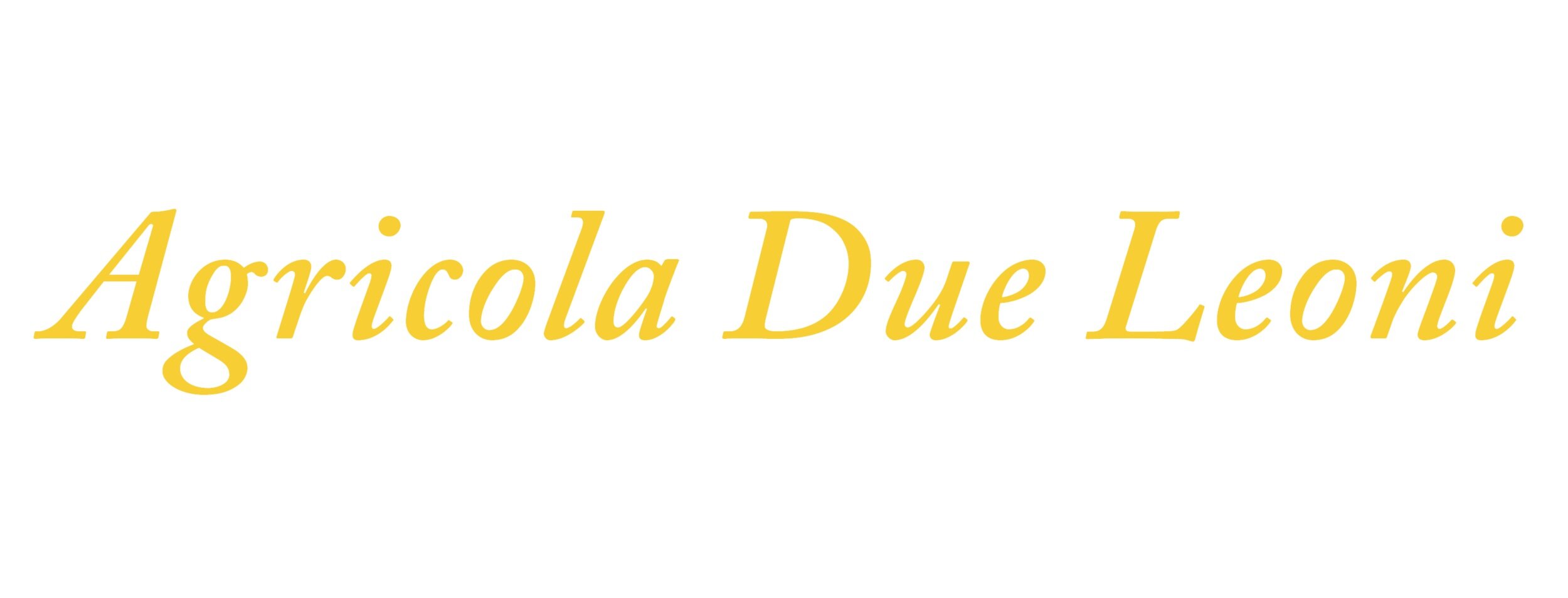Peter Kogler
Austrian artist Peter Kogler (b. 1959) has created two editions with Due Leoni, the first, 2017, a fruit of a commission by mumok, Vienna. For his second project with Agricola Due Leoni, in 2018, the Viennese artist applied one of his optical mesh patterns to the surface of the olive oil can, mixing the language of virtuality and mathematical extrapolation with the modality of a hand-harvested organic agricultural production. proving the versatility of his visual language.
How does one “know” the art situation in Vienna? It’s a hard confraternity, with friendships forged in a variety of artist’s restaurants, and in exhibition spaces that set a standard worldwide. Former gallerist, then museum and foundation director, Peter Pakesch supplied Cornelia with the entry credentials, in her past life as an artist’s wife. Pakesch’s exhibitions at his gallery in Vienna, the kind of artists he fostered, the rigorous underpinnings in theory and music, in a time when art was supposedly neo-expressionist and unfettered from thought, were an essential counterpoint to the recrudescence of painting in the 1980s. Part of this conceptual figurative school was a young Peter Kogler, whose ant wallpaper at an early documenta left an indelible mark on Cornelia's memory. It seemed like he was replacing words with the digital, yet at the same time, seeking to create patterns found in nature. This intuitive channeling of natural algorithms is something that distinguishes all of Kogler’s installations. In this, he resembles the work of other Eastern-looking artists such as Victor Vasaraly, but really, Kogler’s work is a position within a dialogue about decoration and pattern as artistic practice, about furnishings supplanting by-then bourgeois installations of American Minimalist paintings. His graffiti parallels are about taking over urban surfaces and non-spaces and revitalizing them with a kind of street art that responded to graffiti with the ancient art of abstract calligraphy. Like his compatriots and friends, Franz West and Heimo Zobernig, ilke his former student, Manuel Gorkiewicz, and in a tradition that can only be called “conceptual,” Kogler takes on art as a proposition.
Photo credits: Universalmuseum Joanneum /N. Lackner

